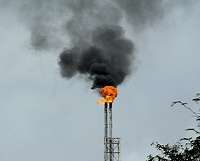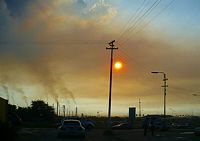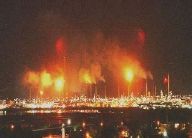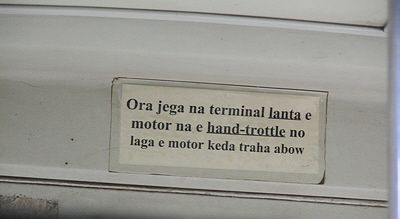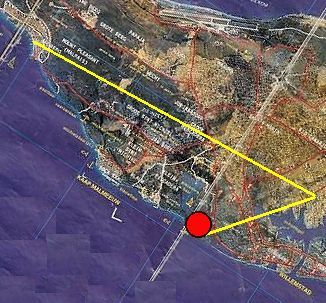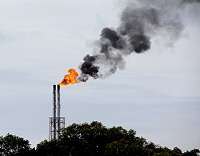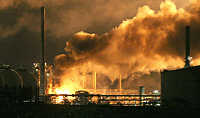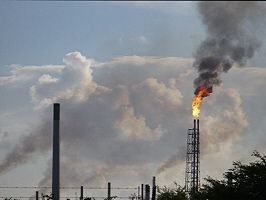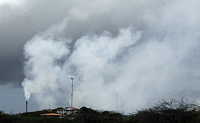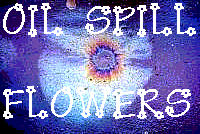|
some remarks from Norbert George's book
Koninkrijksbeleid fataal voor Curaçao
[Kingdom policy fatal for Curaçao]
12.5% of the Curaçao population. of which 5,500 are children, is structurally exposed to seriously damaging matters. George mentions that at an early age there are serious respiratory problems, asthma, bronchitis, birth defects, mental defects and delayed development. Grownups further die earlier, have cancer, chronic lung ailments and more, mostly chronic, affections.
There are hardly any statistics available or gathered, relating possible causes of diseases and mortality figures to the Isla pollution. It almost looks like a plot.
George characterizes all this, and many other failures in government, as a crime against humanity. He uses the term machtsbederf [state crime] to describe the governments of the Kingdom and the Antilles in this and other matters.
The negative health effects of the Shell refinery were well known since the 1983 report of the Dienst Centraal Milieubeheer Rijnmond (Central Environment Control). Curaçao figures were about 4 times those accepted elsewhere. This includes SO2, SO4 and TSP (total suspended particles). In total, these average 2.2 times those of the USA EPA standard. The refinery stench is perceptible at more than 2kms distance. For ozone, which becomes dangerous at 194µ/m3, the Curaçao standard is 240µ/m3. There are several oil leaks into Schottegat harbor, from old and badly maintained installations. Visiting ships cause more pollution.
George details, but not very deeply, the deliberations between Esso, Shell, PdVSA and the Dutch government—an important share holder in Shell. All in all, it effectively resulted in a national debt of $2G in 1985 for the NA. The present debt is much higher, as an unavoidable consequence.
You can download the book in PDF format from the publisher, or order it here. There's much more.
|


